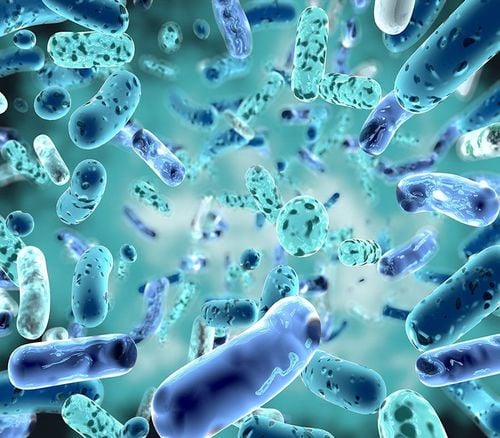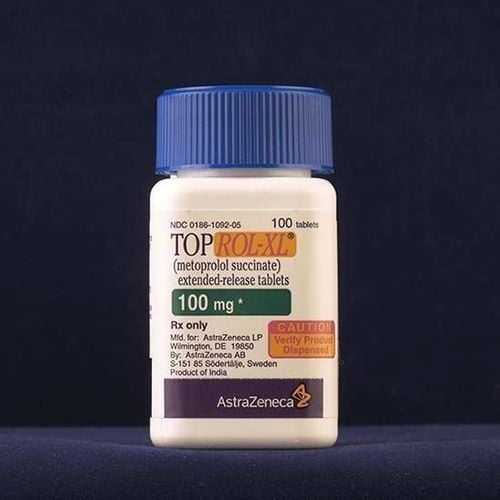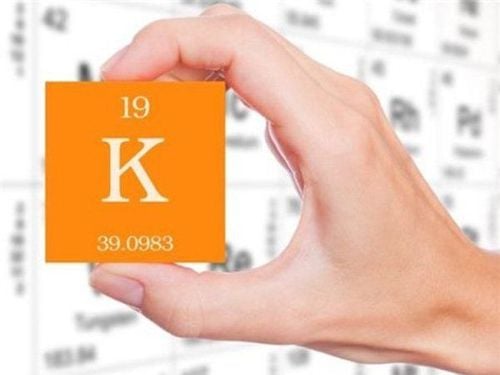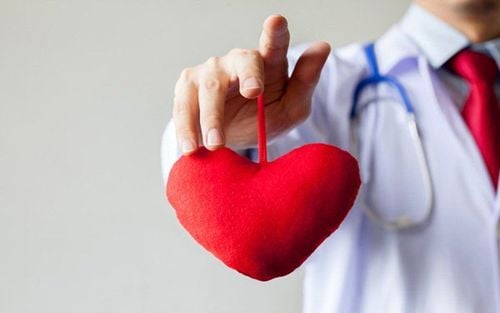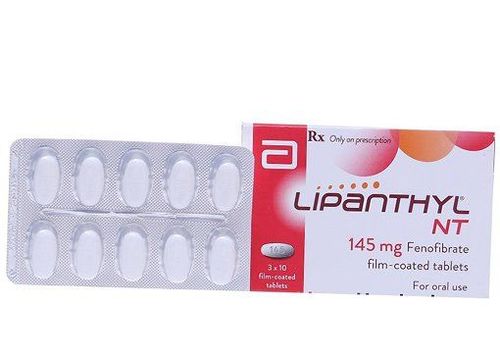This is an automatically translated article.
The article was written by MSc Nguyen Van Phong - Internal Medicine and Cardiovascular Interventionist, Cardiovascular Center - Vinmec Times City International Hospital.The DASH diet can help you lower your blood pressure and heart-healthy cholesterol. DASH (Dietary Approaches to Stop Hypertension) - Diet to control blood pressure.
1. How can the DASH diet help you?
Even if you don't have high blood pressure, the DASH diet is worth considering. It can help you lose weight because it is a healthy diet.You won't feel hungry, the DASH diet enhances green vegetables, fruits and low-fat dairy products while cutting fat, cholesterol and sweets.
Following the DASH diet, your blood pressure can drop by a few mmHg in just 2 weeks. In the long term, your systolic blood pressure can drop by 8 to 14 mmHg, which significantly reduces health risks.
Since the DASH diet is a healthy way of eating, it has many health benefits besides lowering blood pressure. It is also the recommended diet for the prevention of osteoporosis, cancer, cardiovascular disease, stroke and diabetes.
2. How is the DASH diet done?
2.1 Reduce salt intake, reduce salt Eating salty causes your body to increase water retention, which increases blood volume, putting extra pressure on your heart. With the DASH diet you will reduce your sodium intake to 2300 mg or less to 1500 mg/day, depending on your health, age, ethnicity and comorbidities.The American Heart Association recommends a sodium level of less than 1500 mg/day for all adults. If you are not sure which amount of sodium is right for you, consult your doctor.
Here are some ways to cut down on salt in your daily diet:
Choose foods and spices with little or no sodium Limit processed or processed foods, smoke or pickling Limit processed foods (processed foods often contain a lot of sodium)
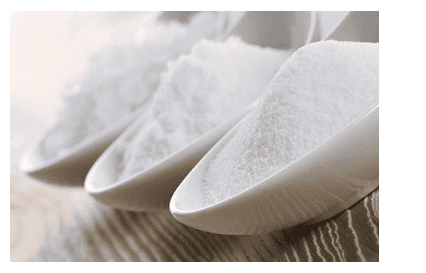
28 grams) of dry cereal, or 1/2 cup of cooked cereal, rice, or pasta.
Choose whole grains because they contain more fiber and nutrients than refined nuts. For example, use brown rice in place of white rice, and whole grain pasta and bread in place of regular pasta and bread. They often have a “100% whole grain” label on the package. This type of food is usually low in fat. Do not serve with butter, cream and cheese sauce. 2.3 Green vegetables: 4-5 servings/day Tomatoes, carrots, broccoli, sweet potatoes and other vegetables are high in fiber, vitamins and minerals like potassium and magnesium. For example, 1 serving consists of 1 bowl of raw vegetables or 1/2 bowl of chopped or cooked vegetables.
Don't think of vegetables as just a side dish – a plate of mixed vegetables with brown rice or wholemeal noodles can serve as a main meal. Fresh and refrigerated vegetables are both good choices. When buying frozen or canned vegetables, choose those labeled low-salt or no-salt. To increase your vegetable intake for a day, for example, in a vegetable stir-fry you can halve the meat and double the vegetables.
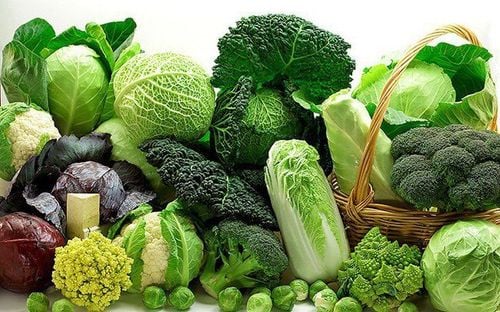
120 ml) of juice.
Add 1 piece of fruit to a main meal and 1 piece to a snack, then add a fruit dessert with some low-fat yogurt. Do not peel if possible. The skins of apples, pears and most other fruits contain good amounts of fiber and nutrients. Watch out for citrus fruits and juices like grape juice, which can interact with some medications. Check with your doctor or pharmacist to make sure they are safe for you. If you choose canned fruit or juice, choose one without added sugar.
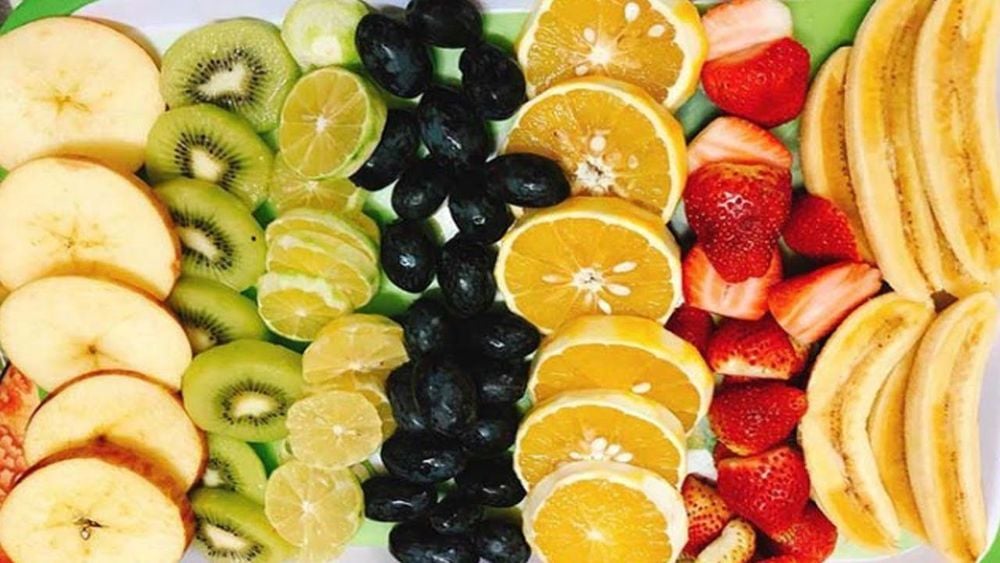
If you have digestive problems when consuming dairy foods, choosing products that do not contain lactose or can take over-the-counter medications containing the enzyme lactase, can reduce or prevent symptoms of lactose intolerance. Reduce or avoid regular cheeses, even fat-free cheeses, and they are often high in sodium.
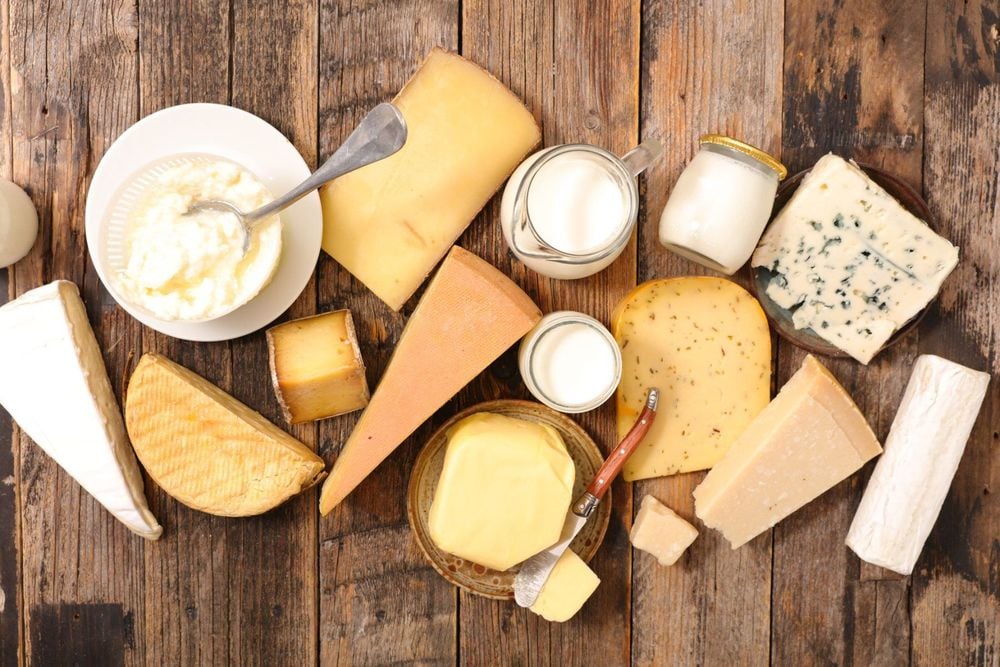
2.7 Nuts and dried beans: 4-5 servings per week Almonds, sunflower seeds, legumes... are good sources of magnesium, potassium and protein. They are also full of fiber and phytochemicals. These plant compounds may protect against certain cancers and heart disease.
However, they should only be used a few times a week because they contain a lot of calories. Examples of a serving include 1/3 cup of nuts, 2 tablespoons of nuts, or 1/2 cup of cooked beans or peas.
2.8 Fats and Oils: 2-3 servings a day Fats help your body absorb essential vitamins and help your body's immune system. But too much fat increases the risk of heart disease, diabetes and obesity. The DASH diet establishes a healthy nutritional balance by limiting total fat intake to less than 30% of daily calories, focusing on monounsaturated fats.
2.9 Sweets: try to limit yourself to 5 servings per week You don't have to completely eliminate sweets while following the DASH diet. For example, one serving includes 1 tablespoon sugar, jelly or jam, 1/2 cup sorbet...
2.10 Get enough potassium

Potatoes: 610 mg Sweet potatoes: 542 mg Bananas: 422 mg Avocado (1/2): 487 mg Cooked spinach (1/2 cup): 419 mg Get started Currently the DASH diet is not difficult but you do have to make some changes.
Start by keeping a food diary for a few days and see how your diet goes. Then start making changes. You would aim for about 2,000 calories per day.
That may vary depending on your body condition and your activity level.
Please dial HOTLINE for more information or register for an appointment HERE. Download MyVinmec app to make appointments faster and to manage your bookings easily.






